Drowning in the details? Intention is the lifeline that can get you out.
Sometimes during a nature journaling session, I find myself getting caught up in drawing minute details: every feather, hundreds of pollen specks, or pinecone scales . This can be painfully time-consuming!
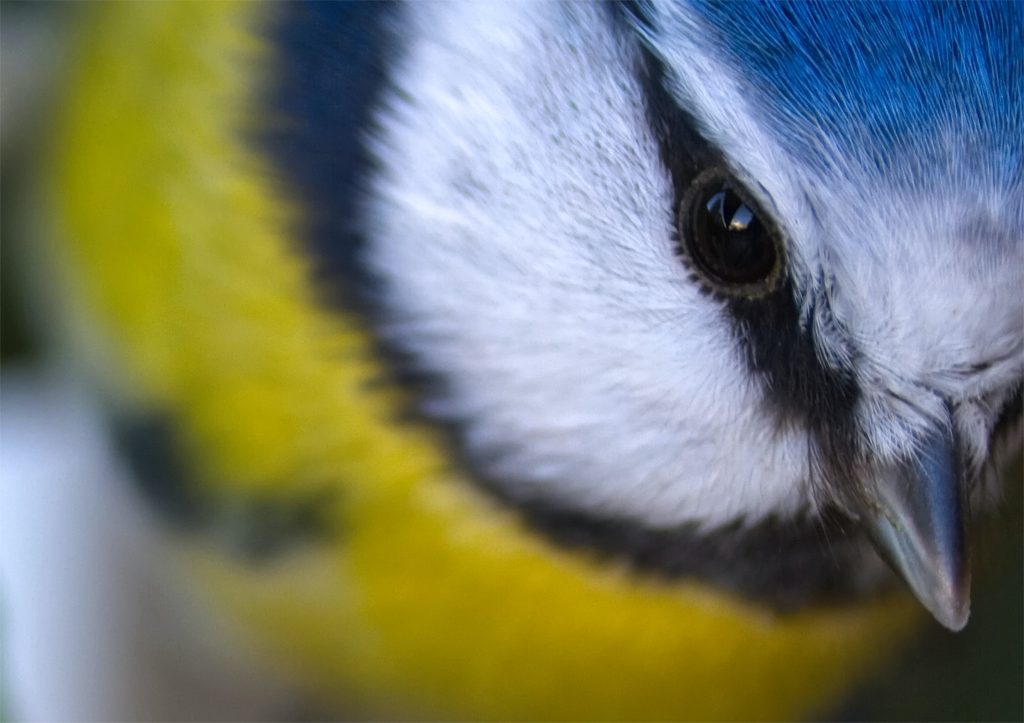
Sometimes I might want to show this level of detail because its a point of interest like the head stripe pattern in a sparrow or the arrangement of spines along a cactus.
But here, I’m talking about when I’m documenting a big picture view of a subject or I telling a story about an action. This is when every stripe or minute hair or series of spots can drag me down the rabbit hole of detail!
Or perhaps I get bent out of shape that this crow’s beak doesn’t look right when I’m really wanting to show something it DID.
The Detailed Drawing Trap
Most of the time, I’m trying to document the story or overview and I end up getting caught in what I call the Detail Drawing Trap (DDT).
I’m giving it a name because it happens so often. DDT shows up and I get pulled in IF I’m not paying attention to what I’m actually doing and thinking.
My younger self always approached drawing this way, caught in DDT. I was so curious about nature and I saw all the detail in everything. I drew every speck of pollen, or wrinkle in a rose petal. A few hours into the painting session I got so tired of the tediousness, got irritated with “WHY DO I DO THIS?”. The pain and frustration became so great that I stopped drawing and painting altogether.
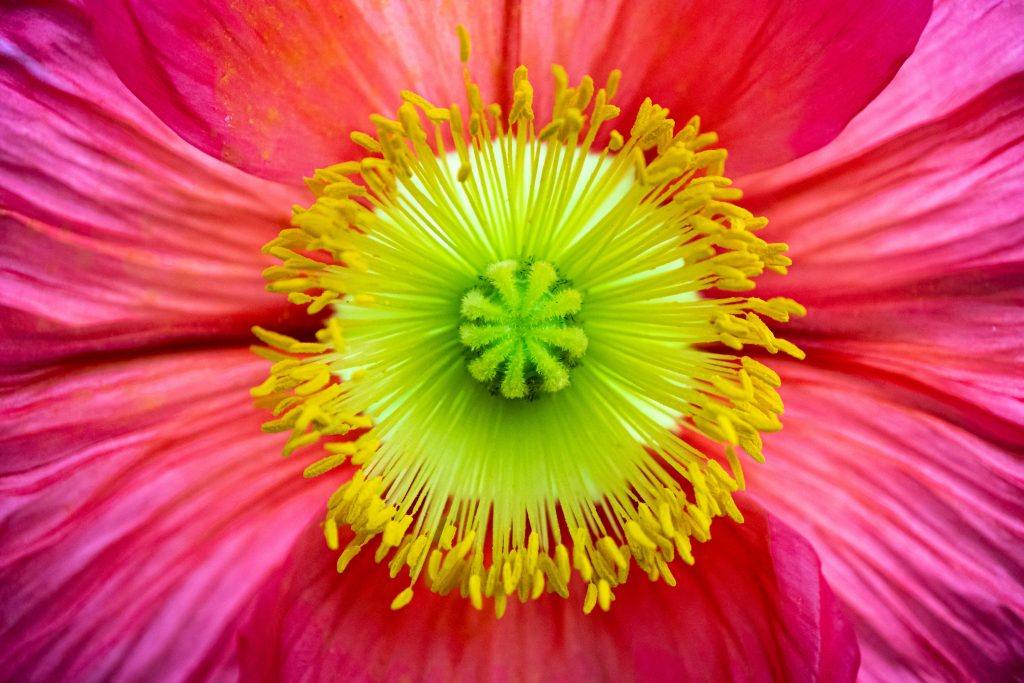
Now, here’s a caveat- noticing and drawing detail is important and valuable —it’s a skill that makes us keen observers and good naturalists. But only when drawing it is needed or wanted.
So, you must have an awareness of whether it’s wanted!
Back to the solution for DDT
These days I can quickly snap myself out of the detail drawing trap by asking myself a simple question. “What is my intention?”
That is actually a shortcut to remind me of a bigger question. What is my intention or purpose of this nature journal page? What am I trying to document or convey?
In my late 20’s I started drawing again after going back to college and taking a biology class. We had to keep detailed drawings of biological dissections—and the details were necessary and appreciated. I learned how to observe with intention, draw details, take careful measurements, and label everything! This was such fun!
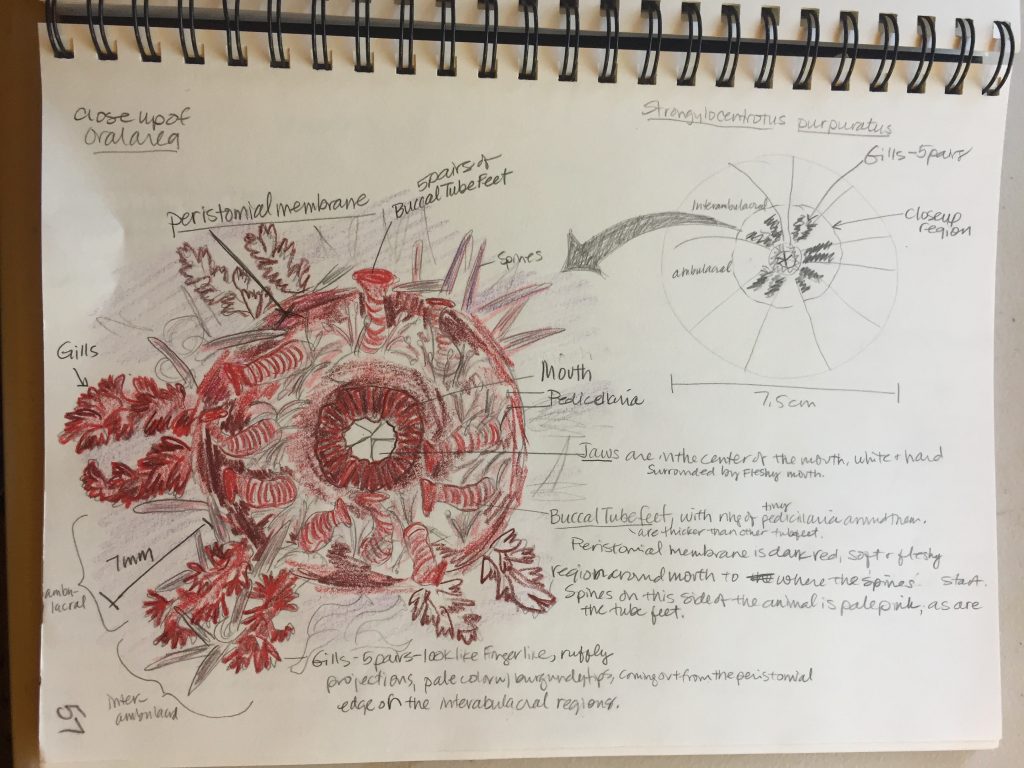
Some examples to illustrate the point
Some examples of when you may want to focus on the minute details.
- Drawing the head feather pattern on a bird to set it apart from a similar bird
- Investigating parts of a beetle for identification
- Comparing the leaf margins of two plants (and use a Zoom in strategy to save time)
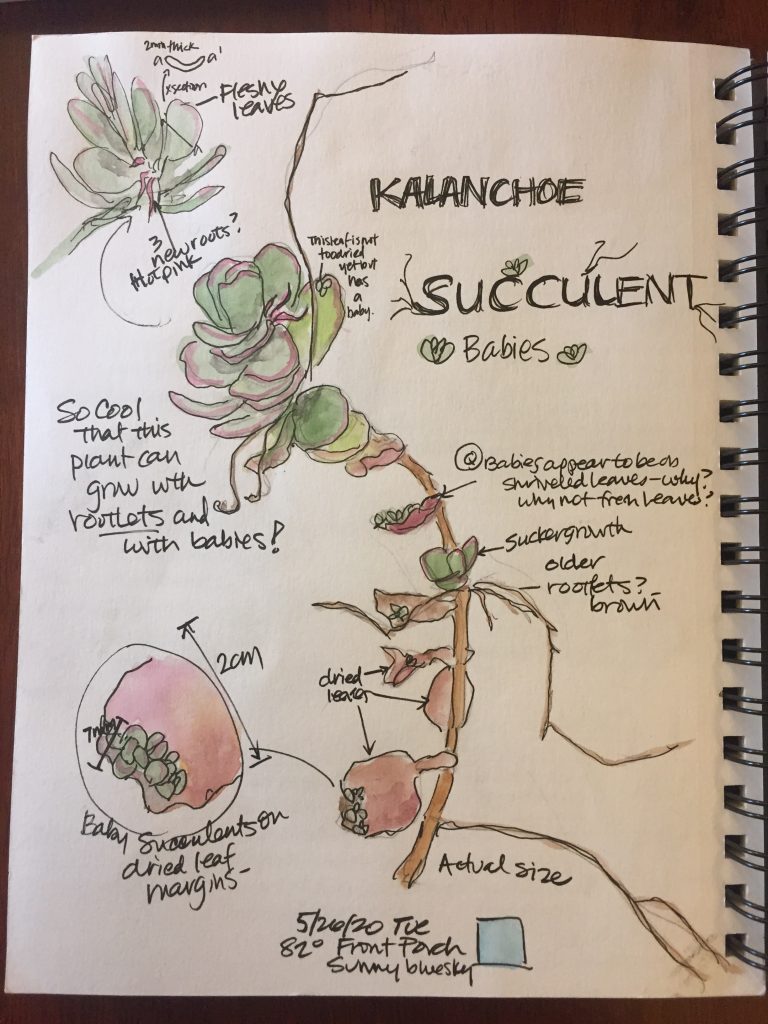
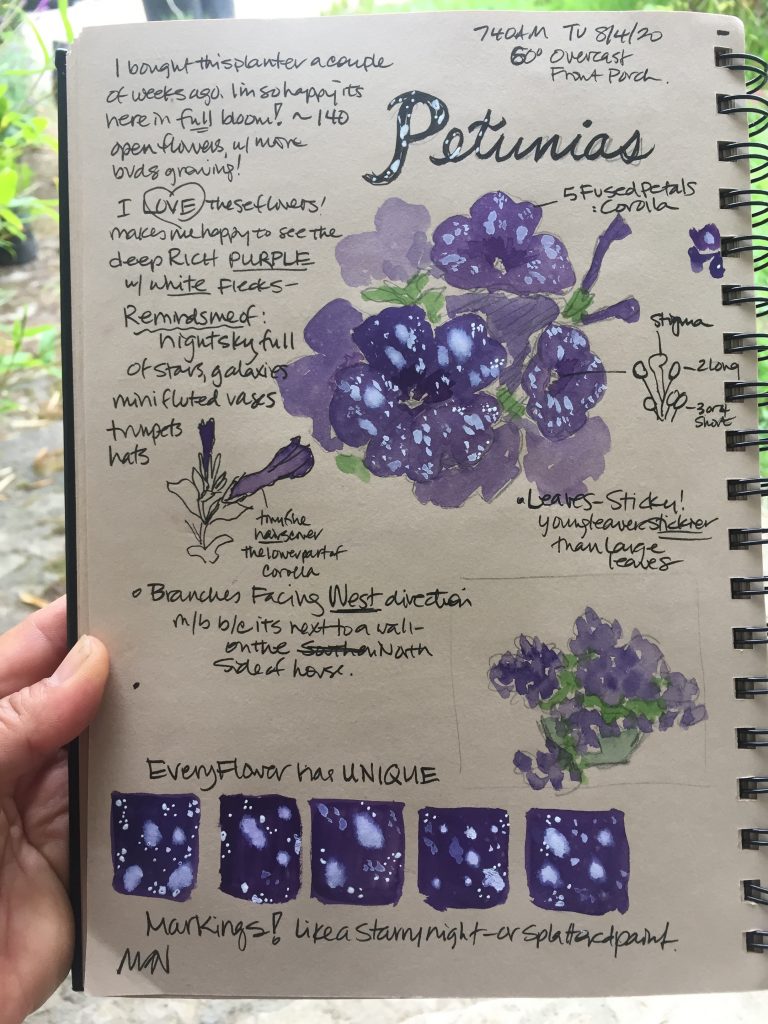
Some examples when you don’t need as much detail
- Show what the bird did (carried something or flight pattern)
- Arrangement of leaves on a branch (don’t need leaf detail, you can use a diagram)
- To show the flight path of a bee from bush to to bush (don’t need to show every stripe or wing detail)
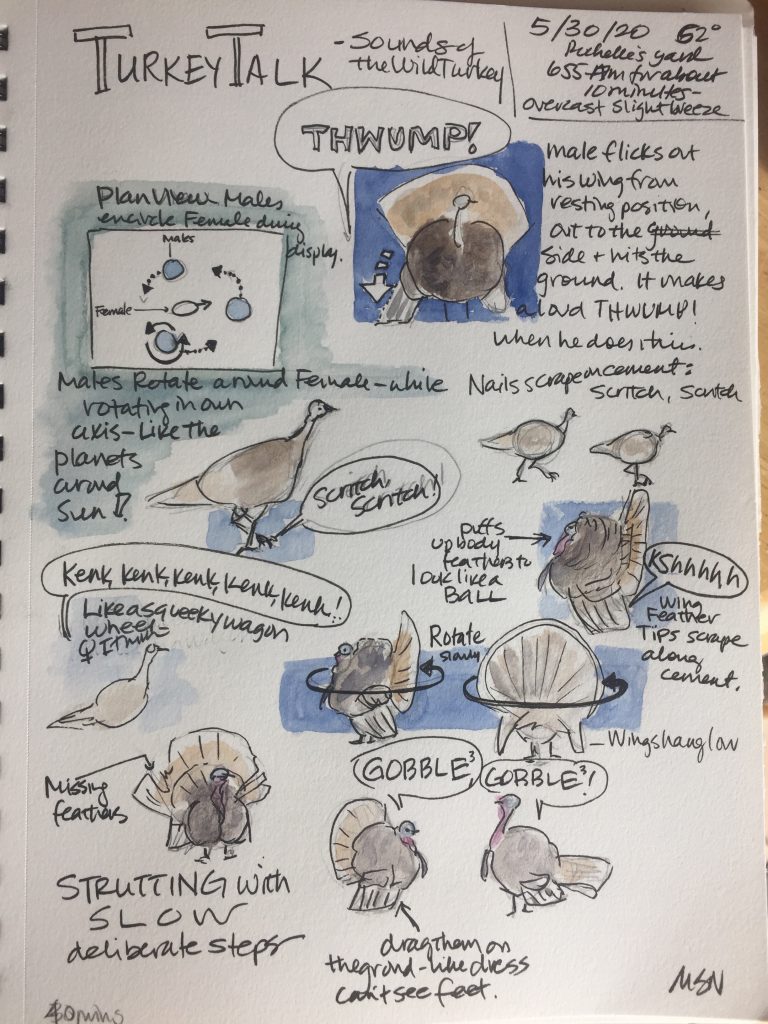
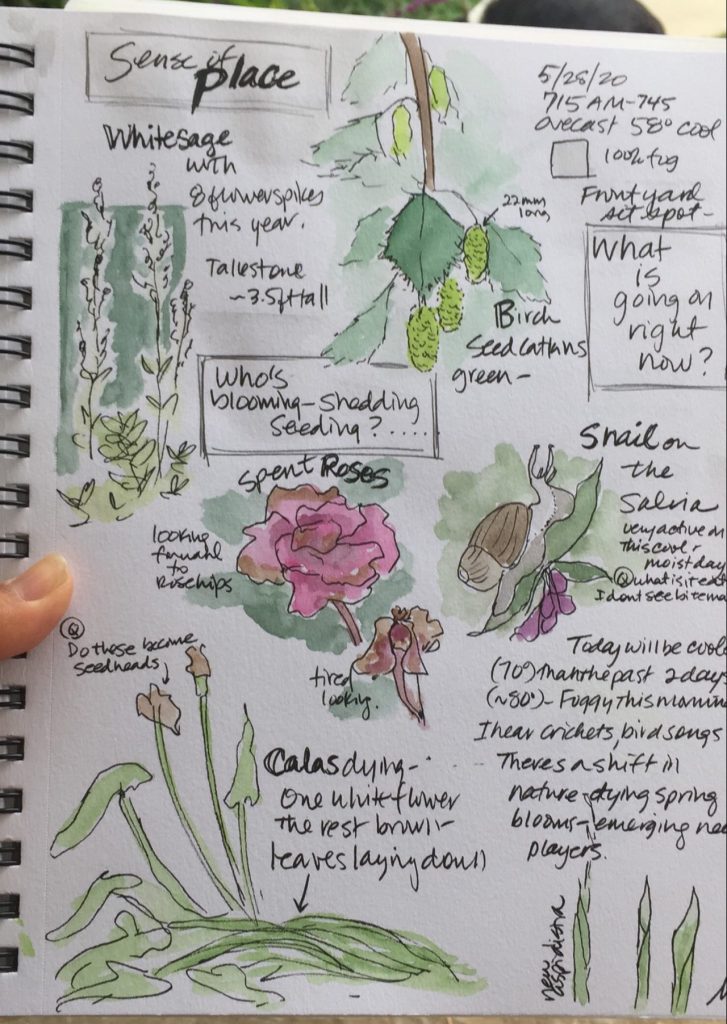
Remember
If you find yourself drawing the 10th leaflet of a fern dreading the 30 others that need to be drawn, as yourself this:
What is my intention or purpose of this nature journal page? What am I trying to document or convey?
Additional tips
Practice gesture sketches. These are rough, loose lines to capture the main shapes of a subject and are sketched rapidly.
I find that doing a number of 30-second gesture sketches improves my hand-eye coordination, my understanding of the general shapes, and my drawings capture the essence of a subject without getting too much detail.